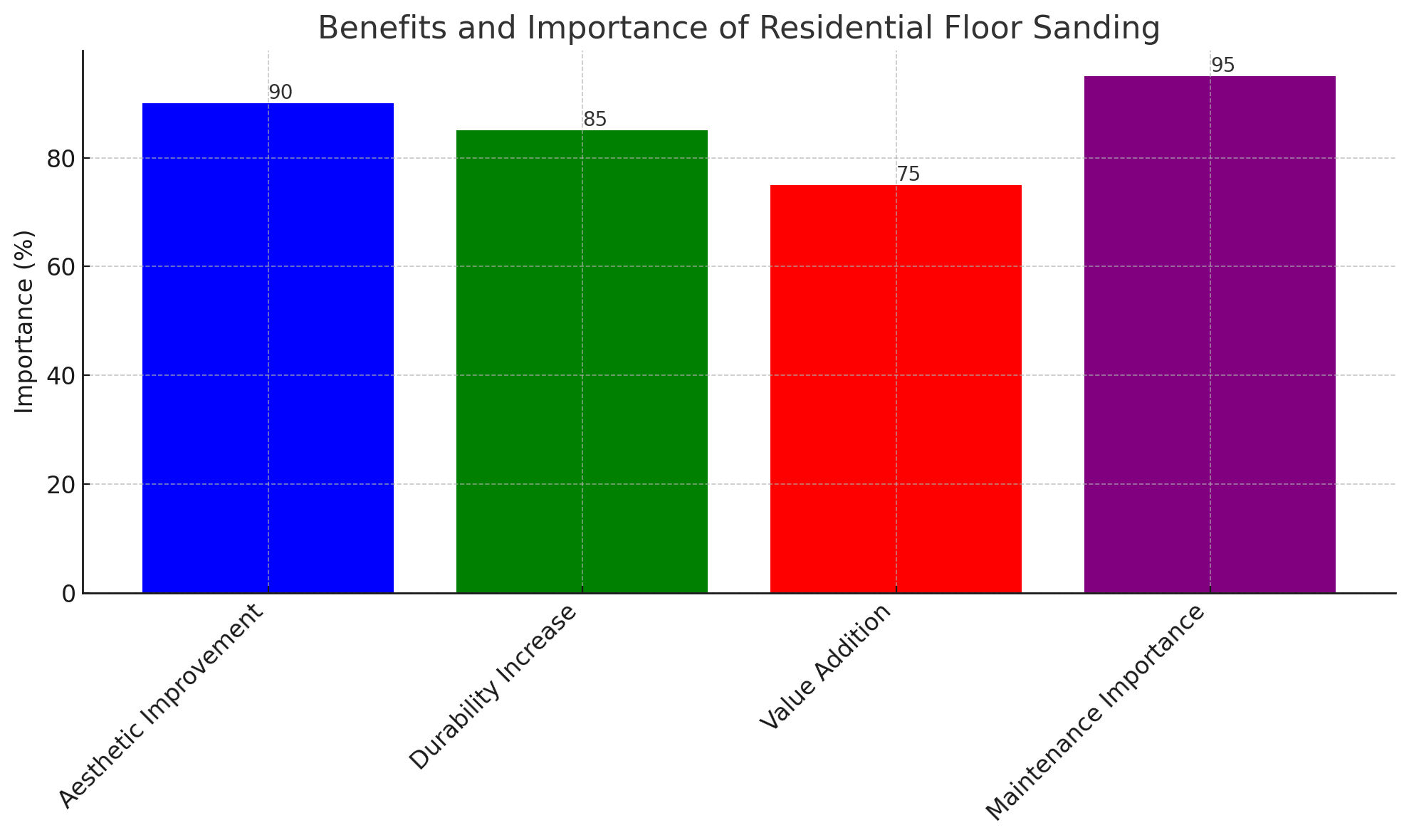The Ultimate Guide to Residential Floor Sanding
Floor sanding is a critical step in maintaining and rejuvenating your home's wooden floors. This comprehensive guide delves into the nuances of residential floor sanding, offering insights on how to breathe new life into your floors, ensuring they remain a standout feature of your home for years to come.

Key Takeaways
| Aspect | Detail |
|---|---|
| Benefits | Enhances floor durability, improves appearance |
| Process | Detailed steps from preparation to finishing |
| DIY vs. Professional | Considerations for quality and safety |
| Maintenance Tips | How to prolong your floor's lifespan post-sanding |
Understanding Residential Floor Sanding
Residential floor sanding is the process of removing the top surfaces of a wooden floor by sanding with abrasive materials. It's a pivotal part of floor restoration that can erase years of wear and tear, revealing the untouched wood beneath and preparing it for new finishes.
The Benefits of Floor Sanding
- Aesthetic Improvement: Sanding eliminates scratches, stains, and dings, enhancing the natural beauty of your wood floors.
- Increases Durability: Removing the old finish and applying a new one can significantly extend the life of your floors.
- Value Addition: Professionally sanded floors can increase the market value of your home.
The Sanding Process
- Preparation: Removing furniture, fixing nails, and ensuring a clean surface.
- Sanding: Utilizing varying grits, from coarse to fine, for a smooth finish.
- Finishing: Applying stains or sealants to protect the wood and enhance its appearance.
DIY vs. Professional Sanding
While DIY sanding can be tempting, professional sanding ensures a higher quality finish, with experts navigating the complexities of the process efficiently. The expertise of professionals can prevent common mistakes that might damage your floors or lead to uneven finishes.
Aftercare: Prolonging Your Floor's Life
Post-sanding maintenance is crucial. Regular cleaning, immediate spill cleanup, and avoiding sharp objects can keep your floors looking new. Consider using rugs in high-traffic areas and reapplying finish as necessary.
Schedule to Get Floor Sanding
Residential floor sanding is more than just a maintenance task; it's a rejuvenation process that restores the beauty and integrity of your wooden floors. Whether you opt for a DIY approach or professional service, understanding the process, benefits, and care involved can help you make informed decisions that ensure your floors remain a durable, beautiful foundation in your home for years to come.

